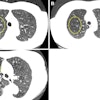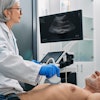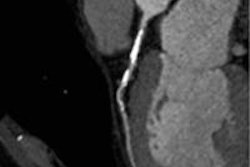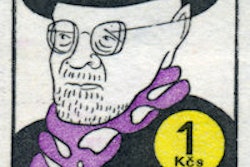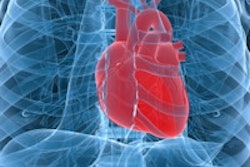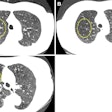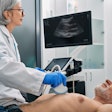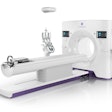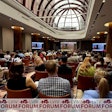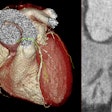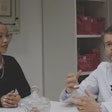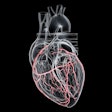Dear Cardiac Insider,
Radiologists know it's not enough to find coronary artery disease at CT coronary angiography, because that serious-looking stenosis may not be limiting blood flow. A functional test is needed to evaluate the impact, and that has traditionally required a second test such as perfusion MRI or CT.
But increasingly, researchers are looking to the CT data itself for reliable information on the functional severity of stenosis before sending the patient in for an invasive angiography exam. A new method, corrected contrast opacification, can help here, according to Dutch researchers. You'll find the rest of the details here.
Not to be outdone, Japanese researchers have come up with their own approach for determining the significance of coronary stenosis, and they have tested it using 3-tesla MRI. Specifically, they used phase-contrast MRI to measure coronary flow velocity reserve to assess the coronaries -- and see if high-field MRI was able to detect the altered flow-velocity reserve profile in 27 coronary arteries. You can learn about their novel technique and what it found by clicking here.
Research and technology have combined to reduce radiation dose substantially in recent years -- so why aren't those doses provided with every exam? It's time to make coronary CT angiography doses public, according to a top U.K. cardiac imaging specialist. There's no reason why accurate, properly presented dose data should not be made available to the public -- as a mark of service quality, the author writes in a story you'll find here.
Meanwhile, in today's productivity-driven environment, is enthusiasm for research a thing of the past? Do incentives to research simply lead to lazy research? Is a little effort good enough? Dr. Anagha Parkar listens to a talk by Dutch cardiac radiologist Dr. Albert Roos, and comes to some conclusions of her own, in a story you'll find here.
Be sure to stick with your Cardiac Imaging Digital Community for the yin and the yang, the good and the bad, about imaging of the heart.


